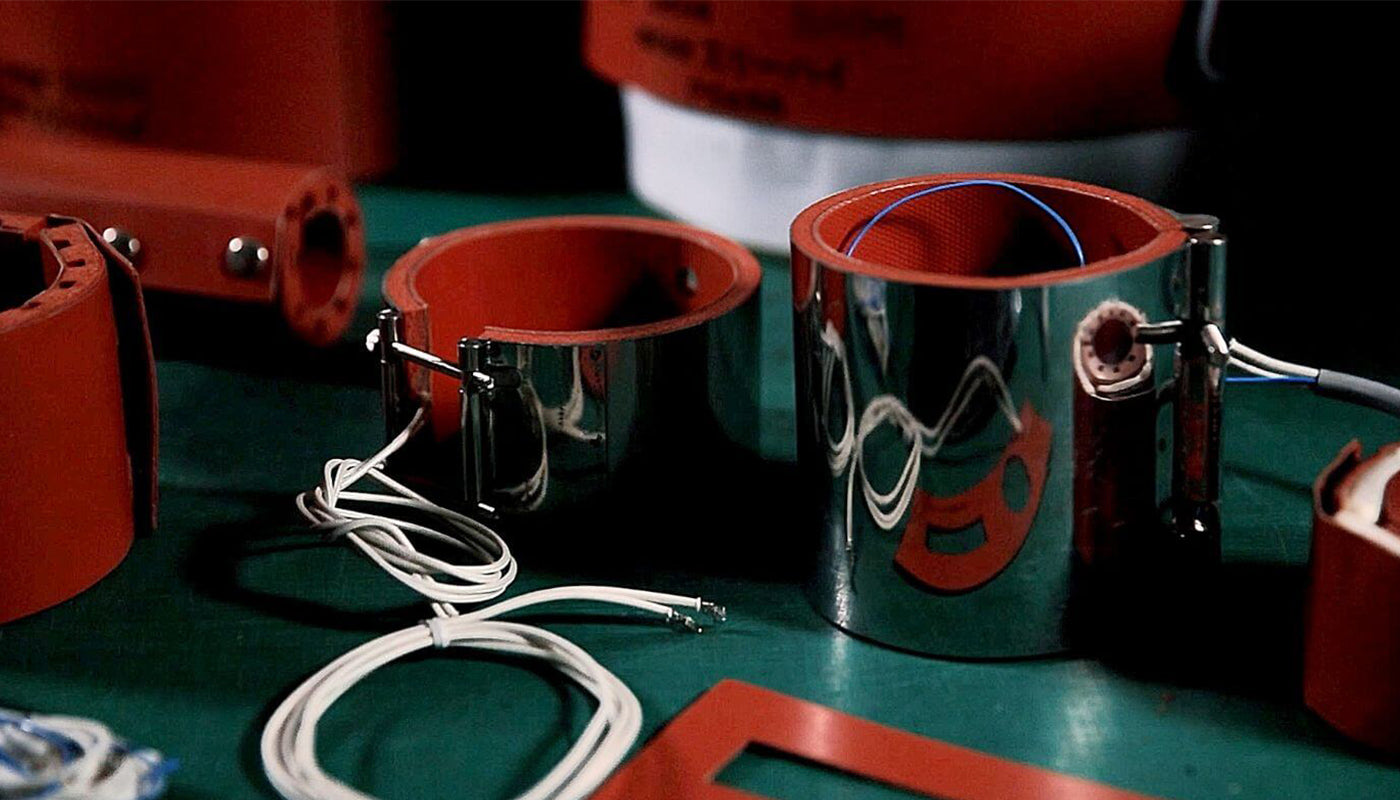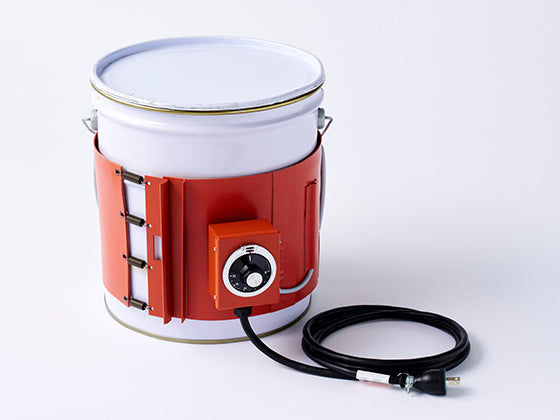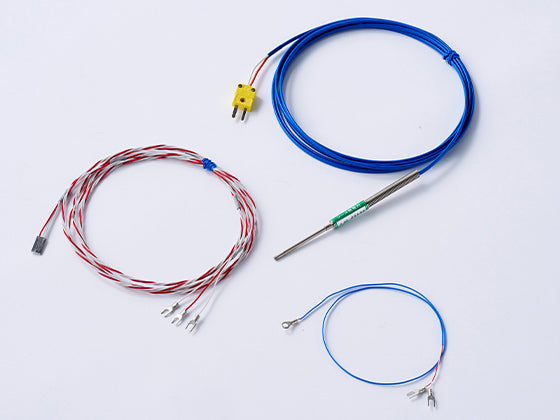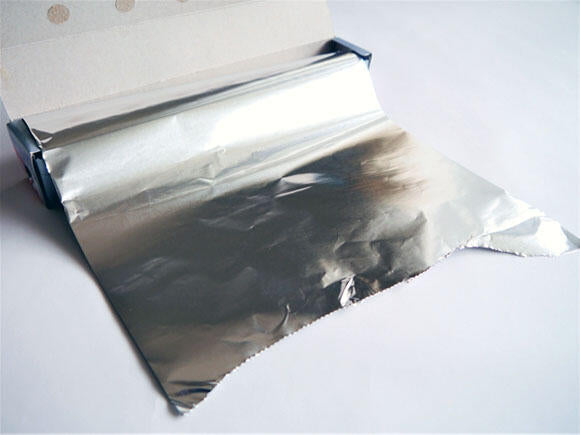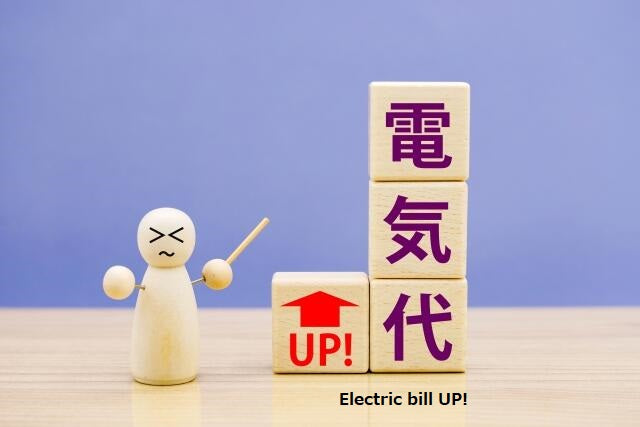Now, in the previous blog, we discussed how thermal covers and silicone sponges can be useful as a way to save on electricity costs.
( Electricity cost savings technique utilizing heat retention cover and silicone sponge! )
Actually, we heard from a business partner that heating with a thermal cover or silicon sponge can save electricity. Our company was not aware of how much money could actually be saved.
There was a lot of interest within the company in using insulation to save on electricity costs, so we decided to verify it through experimentation. And the results showed that insulation really does save money on electricity.
Here is the whole story of the experiment.
Assuming heating with a heater attached to the piping to verify whether there is a difference in electricity rates with and without insulation.
This experiment is based on the assumption that piping for industrial machinery is warmed by an electric heater. The objective is to find out how much money can be saved on electricity with and without insulation.
Since we do not have piping for industrial machinery, we substituted it with a vertical metal pot used for cooking. The substitute metal pot is made of molybdenum, which is a different material from the aluminum and stainless steel used for piping. They also differ in thermal conductivity. The thermal conductivity of molybdenum at room temperature is 138 W/(m-K), which is about halfway between aluminum's 237 W/(m-K) and stainless steel's (SUS 304) 16 W/(m-K). Please take this into account when comparing electricity savings in actual pipe heating.
Heating was performed for 8 hours and heater operating time was measured with and without silicone sponge
The experiment consists of wrapping a silicone rubber heater around an empty metal pot and operating the heater for 8 hours under two conditions: with and without a silicone sponge attached as insulation. The total time the heater is active, the electricity rate, and the power consumption are then measured using a commercially available eco-checker. The 8 hours set as the experimental time is assumed to be the daily operating time.
The experimental apparatus and procedure are as follows;
Equipment used...
-Metal pot: molybdenum, outer diameter 24 cm, height 22 cm, with closed lid
-Heater: silicone rubber heater (made by ThreeHigh, width 10 cm)
-Insulation: Caterpillar silicone sponge, sheet silicone sponge (both made by ThreeHigh, width 10 cm)
-Fixing tape: Glass tape
-Heating and energizing control: Thermostat attached to the silicone rubber heater. When the heating temperature exceeds 60 degrees Celsius, the power is automatically shut off.
-Measuring instrument: Eco-checker (used to measure the energization time and power consumption of the heater)
Procedure...
1.Cover the empty metal pot and wrap the silicone rubber heater around the sides. If insulation is used, cover and wrap with a caterpillar-shaped silicone sponge, and finally secure with glass tape. If insulation is not used, wrap the silicone rubber heater and then secure it with glass tape.
2.To prevent heat from escaping under the floor, place a metal pot on top of the silicone sponge sheet.

1.Connect the silicone rubber heater and the EcoChecker to a 100-volt AC power outlet to start heating. When the heating temperature exceeds 60°C, the thermostat on the silicone rubber heater automatically turns off the power and stops heating.
2.Confirm that the EcoChecker is working and record the time of the start of the experiment.
3.Continue this for 8 hours.
4.After 8 hours, the accumulated electricity usage time recorded in the EcoChecker is recorded as the active running time. In addition, electricity rates, power consumption, and CO2 emissions are also recorded.

Because the measurement time spanned 8 hours, the experiment was conducted on two separate days. The indoor temperature during the experiment was 23°C on the first day and 21°C on the second day, which is considered almost the same environment.
Silicone sponge reduces heater run time and electricity usage
The following table shows the power-on time, electricity rates, and power consumption of silicone rubber heaters operated for 8 hours each under two conditions, with and without silicone sponge, and measured with an EcoChecker. Electricity rates are based on Tokyo Electric Power Company's rate structure.

Of the 8 hours of experimental measurements, the energized time is in the 2-hour range in both cases. This is because the thermostat stops heating the silicone rubber heater when the heating time exceeds 60 degrees Celsius, and no electricity is used until it is reheated when the temperature drops. Because this action was repeated during the measurement time, the energized time was much shorter than 8 hours.
It is noteworthy that the time with insulation was 30 minutes shorter than without insulation. This is thought to be due to the fact that the use of insulation improves the heat-retention effect and shortens the time from when the heater stops heating to when it starts heating again. In other words, the use of insulation reduces the amount of time that electricity is used.
The electricity cost for the total time with insulation was 5.40 yen and without insulation was 7.83 yen. The difference between the two was 2.43 yen, or approximately a 30% savings when heating is done with insulation.
Assuming that the daily operating hours are 8 hours, the same as the experimental hours, and that the number of operating days in winter is 70 days (5 days per week x 14 weeks), a savings of ¥170.10 (¥2.43 x 70 days) is expected for the electricity bill in winter. Assuming an annual operating period of 225 days (5 days per week x 45 weeks), the annual electricity bill will save 546.75 yen (2.43 yen x 225 days). During spring and fall, temperatures are higher than in winter, so less electricity is used for heating with heaters. Therefore, electricity bills are expected to be saved even more.
For reference, we also looked at CO2 emissions relative to electricity consumption, and found that CO2 emissions were 0.11 kilograms when insulation was used, 0.05 kilograms (50 grams) less than the 0.16 kilograms when it was not used. Using the 225 days of annual operation assumed in the electricity cost calculation, this translates into an annual reduction of 11.25 kilograms in CO2 emissions. This is equivalent to the amount of CO2 emitted when driving a standard car from Tokyo Station to Tsukuba City. However, since the conversion is based on the amount of electricity consumed in winter, the actual annual CO2 emissions are expected to be a little lower.
Heater heating with insulation saves on electricity costs.
In this experiment, we found that heating with heaters using silicone sponge as insulation material saves about 30% of electricity costs compared to heating without insulation. Although the amount of electricity saved may vary depending on the size and number of heaters, we were able to demonstrate that using heaters together with insulation at production sites can lead to electricity cost savings.
With the weak yen, high prices, and rising utility costs, the situation in the manufacturing field continues to be fragile. We hope that the results of this experiment will help you save money.
